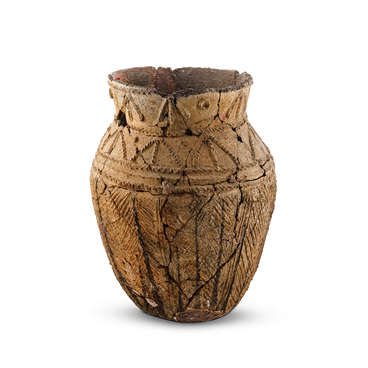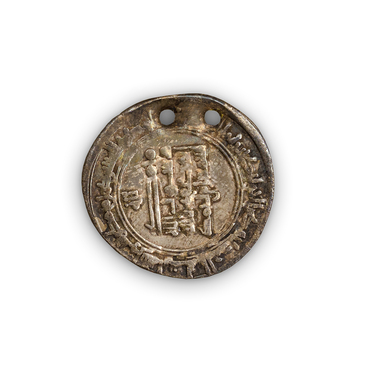Scientists have been studying the artifacts of the Slavic people of the Don region for over a century. During this period, a significant number of various artifacts have been discovered in the area. These include jewelry made from non-ferrous metals such as temple rings. They were among the most popular types of women’s jewelry in all Slavic regions at the end of the first millennium CE.
There is no consensus among scholars regarding the manner in which these rings were worn. Based on archaeological evidence, researchers have identified various methods of attachment, including hanging temple rings on ribbons or straps, fixing them directly in the hair, and threading them through the earlobe like modern earrings. These pieces of jewelry were made of silver, bronze, and copper.
Temple rings with rays were produced by pouring molten metal into molds. For this technique, molds, metal, as well as crucibles (containers for heating metal and pouring it) and smelting ladles were required. The casting of jewelry using molds in this region was likely known for a considerable period of time, as indicated by the fragments of molds discovered at the Titchikha and Bolshoye Borshchyovskoye settlements and the Lysogorsky burial site.
Archaeologists have also found crucibles and ladles. However, none of the discovered molds could be used to make temple rings. The earliest version of East Slavic five-ray temple rings likely were based on gold and silver Moravian five-ray granulated rings from the 6th–9th centuries.
This temple ring from the museum is composed of a shield and a ring. There are five rays on the lower portion of the shield, which the craftsman decorated with small granules resembling grains. The upper portion of the shield is designed in the shape of five prongs. This piece was created during the period between the 9th and 10th centuries. It was discovered at the Titchikha settlement.
The most similar temple rings to this one are those from the Zheleznytsky (Zaraysky) hoard, which was found on the territory of modern-day Ryazan Oblast. Researchers have also found five-ray rings in the Slavic settlement of Novotroitsk (Sumy Oblast). The main differences between them lie in size and certain details of the design. It should be noted that these rings were crafted using a wax mold, rather than being cast in a specific mold.


